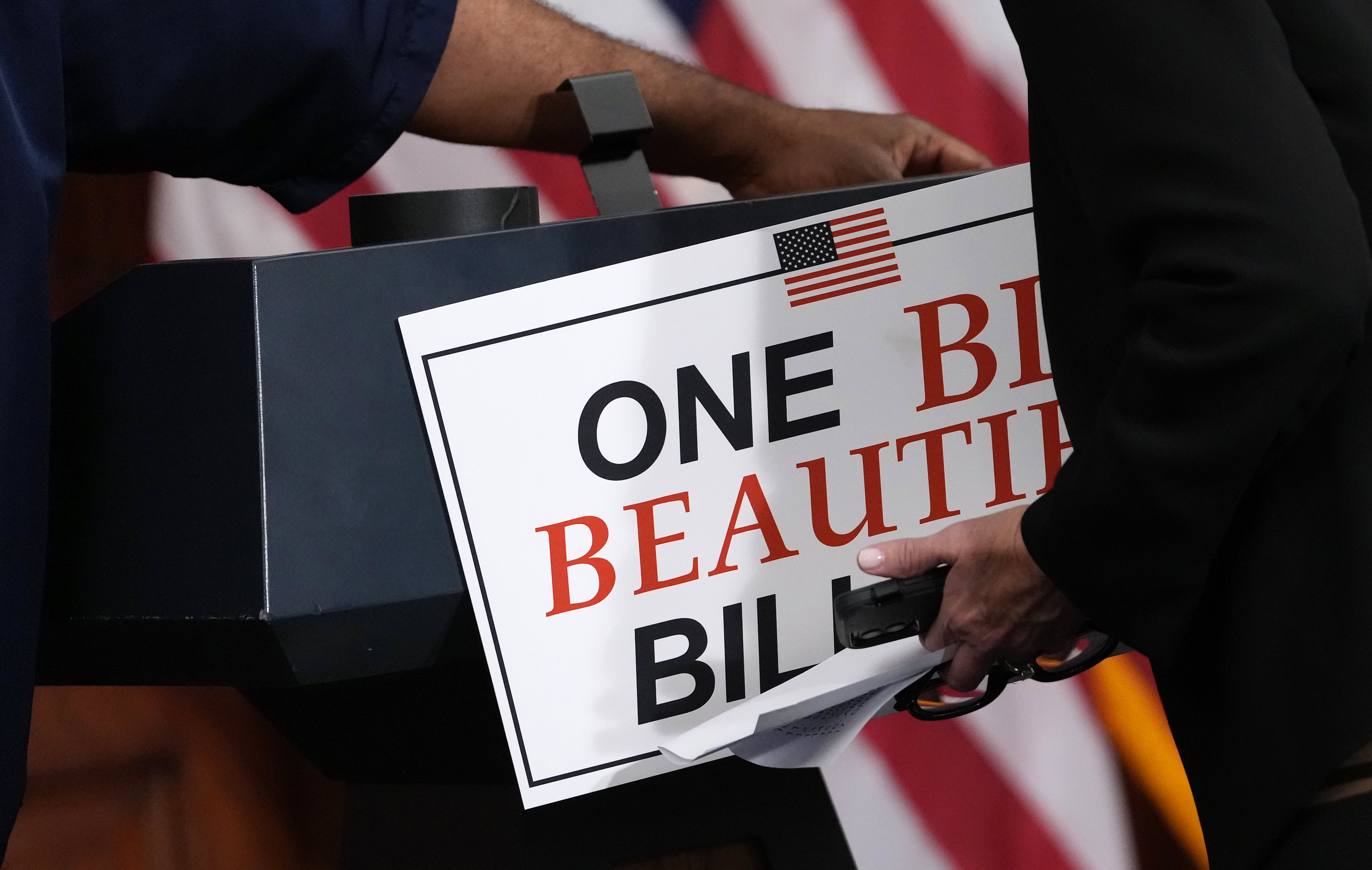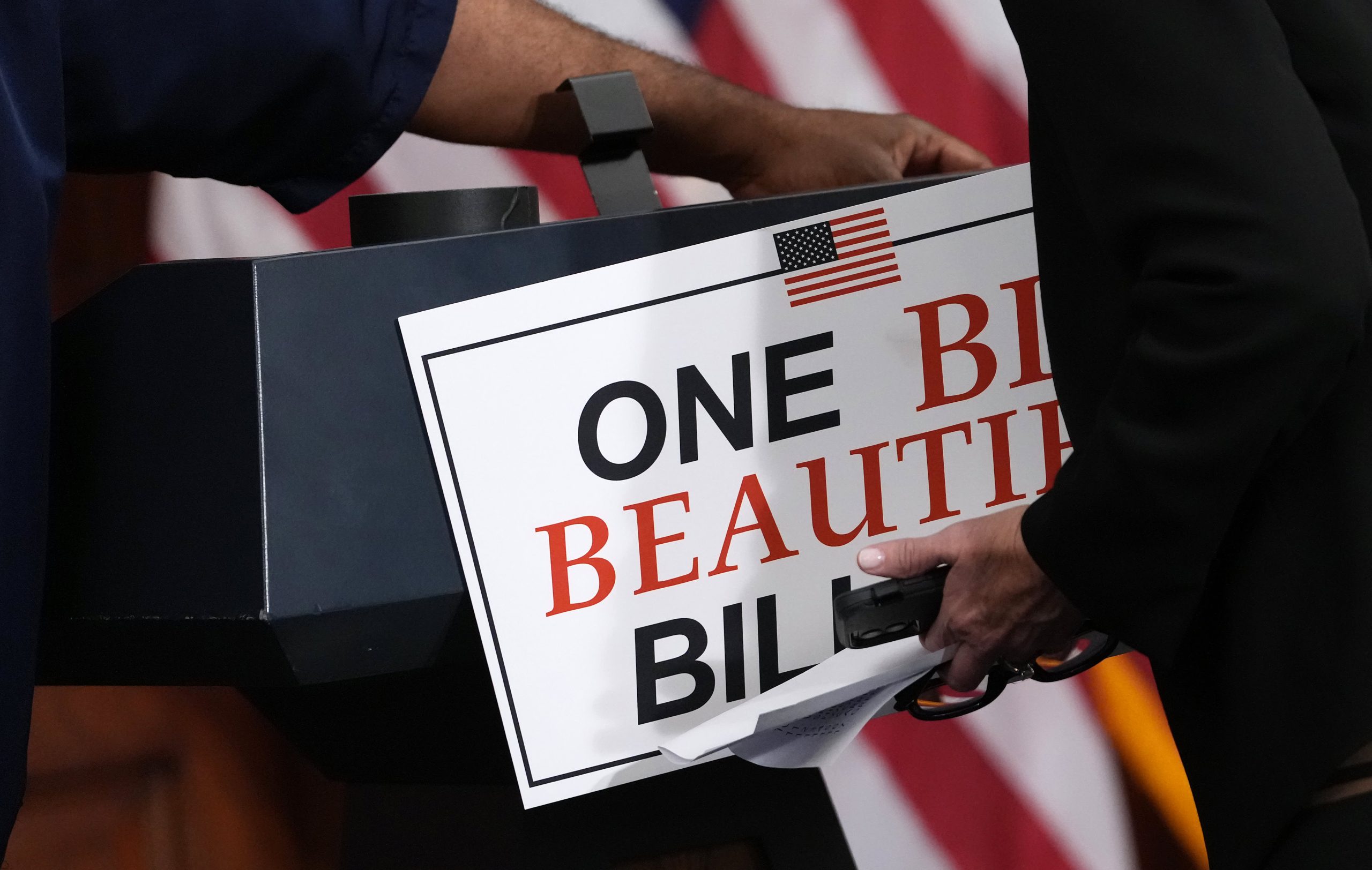
The recent passage of a sweeping tax and spending bill by the U.S. House of Representatives has stirred a potent mix of political fervor and economic debate. Dubbed by its supporters as the “One Big, Beautiful Bill,” this legislative package owes much of its momentum to former President Donald Trump and Republican lawmakers striving to solidify and expand upon the tax policies championed during Trump’s presidency. The bill is not just a routine fiscal measure—it represents a significant turning point in the nation’s approach to taxation, social welfare, and debt management, promising profound consequences for Americans across the income spectrum.
The Tax Cut Blueprint: Targeted Relief and Expansion
At its core, the legislation attempts to make permanent the tax cuts from the 2017 Tax Cuts and Jobs Act, particularly adjustments to individual income and estate taxes. This permanency is a major political and economic goal for Republicans, aiming to lock in benefits they argue stimulate growth by increasing take-home pay and encouraging investment. Notably, the bill introduces fresh tax breaks for specific groups whose financial burdens have often been overlooked: tipped workers, overtime earners, and older Americans.
One clever (or controversial) carve-out exempts qualified tip income from federal income tax until 2028 for individuals earning under $160,000 annually. This seemingly niche exemption shines a spotlight on the service industry’s workforce, potentially bolstering disposable income for millions. Additional provisions include deductions for certain auto loan interest payments and enhanced benefits for seniors, all framed as incentives to boost economic activity and ease financial strain for everyday Americans.
Yet, these tax breaks are not simply giveaways; they function as levers intended to drive consumption and work incentives. Supporting politicians claim that by relaxing the tax code’s grip on worker paychecks, the bill will generate broader economic dynamism, a claim that resonates deeply with their voter base even as critics remain skeptical about the long-term effects.
The Fiscal Trade-Off: Deficit, Spending Cuts, and Social Programs
While the tax cuts fly high on optimism, their price tag is daunting. Estimates from the Congressional Budget Office and independent watchdogs place the bill’s impact on the federal deficit at a staggering $3.3 to $4.5 trillion increase over the next decade. To address this fiscal widening, the bill pairs tax relief with nearly $1.7 trillion in spending reductions, predominantly hitting social safety net programs such as Medicaid and SNAP (Supplemental Nutrition Assistance Program).
The inclusion of nearly $500 billion in potential Medicare cuts further intensifies scrutiny. These cuts ring alarm bells for advocates who argue that curtailing essential services could disproportionately harm vulnerable populations dependent on government support. The political debate thus crystallizes around a razor’s edge: how to balance tax reduction with the protection of social programs that many Americans rely on for health and nutrition.
This tension lays bare a fundamental challenge in contemporary U.S. fiscal policymaking—providing immediate financial relief while safeguarding the pillars of social welfare. Opponents caution that the spending cuts threaten to erode the social fabric, deepening economic inequality and creating hardships for low-income families and seniors.
Debt Ceiling Increase and Senate Showdown
Beyond tax and spending recalibrations, the bill calls for a $5 trillion increase in the nation’s debt ceiling, a move that has become a lightning rod for fiscal conservatives within the Senate. Some Republican senators have voiced deep reservations, concerned that this substantial debt uptick could undermine the country’s long-term economic stability.
These objections foment a complex political standoff, with Senate negotiations poised to reshape or even reject portions of the bill. The worries are not merely partisan talking points: increasing the debt limit without aggressive spending cuts risks turning the legislation into a “debt bomb” capable of burdening future generations and constraining economic growth.
The likely Senate resistance underscores broader challenges in balancing competing agendas: the desire to maintain Trump-era tax cuts, the imperative to control the deficit, and the political necessity to protect social programs. This battleground will reveal how far Republicans can realistically push fiscal policy in a deeply divided political climate.
As the legislation wends its way through the legislative maze, it encapsulates a dramatic convergence of budgetary priorities and political ideologies. It is a test of whether tax relief initiatives can coexist with fiscal responsibility and social program preservation—or if compromises will fracture the bill’s ambitions.
In sum, the House’s approval of this ambitious bill marks a notable victory for Republican lawmakers intent on cementing Trump’s fiscal legacy. However, the forthcoming Senate deliberations and public scrutiny will determine the final shape and durability of these policies. For taxpayers, especially those in targeted income brackets, the bill promises tangible tax reductions, though millions may face tightened access to social benefits due to proposed spending cuts. Meanwhile, the escalation of the national debt raises sober questions about long-term economic prospects. This legislative episode vividly illustrates the intricate balancing act at the heart of fiscal governance—between relief and restraint, growth and responsibility, promise and prudence—in an era of polarized politics and strained resources.

